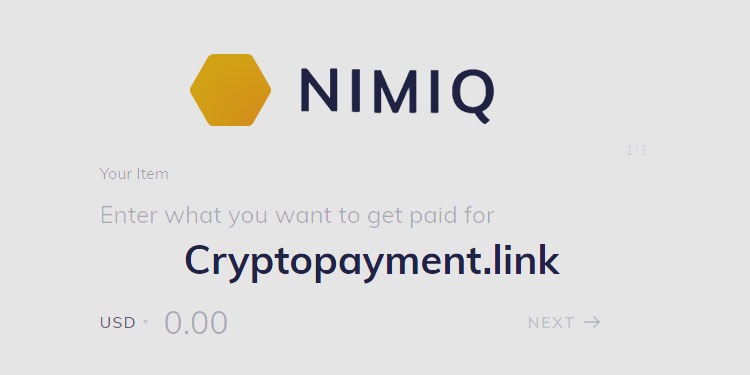[ad_1]
The adoption of Bitcoin (BTC) might happen extra quickly than the adoption of previous disruptive applied sciences similar to vehicles and electrical energy, with international take-up more likely to hit 10% by 2030 in keeping with a brand new report.
In its June 8 report, Blockware Intelligence mentioned it arrived at this forecast by inspecting historic adoption curves for 9 previous disruptive applied sciences, together with vehicles, electrical energy, smartphones, the web, and social media, together with the expansion charge of Bitcoin adoption since 2009.
“All disruptive applied sciences observe an identical exponential S-curve sample, however […] newer network-based applied sciences proceed to be adopted a lot sooner than the market expects.”
Utilizing the common and weighted common of historic know-how adoption curves, in addition to the expansion charge of Bitcoin adoption, the report was then in a position to arrive at its prediction.
It mentioned that based mostly on a metric known as Cumulative Sum of Internet Entities Development and Bitcoin’s predicted “CAGR of 60% we forecast that international Bitcoin adoption will break previous 10% within the yr 2030.”
Blockware Intelligence is the analysis arm of Blockware Options, a Bitcoin mining and blockchain infrastructure firm, so that you may count on it to be bullish on adoption.
The intelligence unit mentioned it expects Bitcoin adoption to achieve saturation faster than many different disruptive applied sciences, given direct financial incentives to undertake, the present macro-environment, and since adoption development might be accelerated by the web.
“From a shopper perspective, previous applied sciences had comfort/efficiency-related incentives to undertake them: adopting vehicles allowed you to zoom previous the horse and buggy, adopting the cellphone allowed you to make calls with out being tied to a landline,” the report explains.
“With Bitcoin direct financially incentivized adoption creates a recreation concept through which everybody’s greatest response is to undertake Bitcoin.”
Bitcoin, just like the web, smartphones, and social media, additionally derives advantages the extra folks that undertake the know-how, which is named the “community impact”.
“Working example when you have been the one person on Twitter would it not be of any worth? It could not. Extra customers make these applied sciences extra priceless.”
Associated: 75% of shops eyeing crypto funds inside 24 months: Deloitte
Nonetheless, the authors of the Blockware report pressured that the mannequin used to foretell the speed of adoption was solely conceptual at this stage, including it’s neither meant for use as funding recommendation nor a short-term buying and selling software and it might proceed to be refined. Nonetheless:
“The final pattern is evident; there’s a excessive likelihood that Bitcoin’s international adoption will develop considerably into the longer term and thus so will value.”
The report and mannequin was reviewed by a number of crypto traders and analysts, together with executives from Ark Make investments, Arcane Belongings, AMDAX Asset Administration, and M31 Capital.
Cryptocurrency adoption has been rising quickly over the previous couple of years. In 2021, international crypto possession charges reached a median of three.9%, with over 300 million crypto customers worldwide, in keeping with knowledge from TripleA, a world cryptocurrency fee gateway.
Blockchain knowledge platform Chainanalysis final yr revealed that international adoption of bitcoin and cryptocurrency surged 881% from July 2020 to June 2021. It discovered Vietnam to have the very best cryptocurrency adoption, main 154 international locations analyzed, adopted by India and Pakistan.
In April, a survey performed by cryptocurrency change Gemini discovered that crypto adoption skyrocketed in 2021 in international locations like India, Brazil, and Hong Kong as greater than half of respondents from its 20 international locations polled said that they began investing in crypto in 2021.
[ad_2]
Source link
















